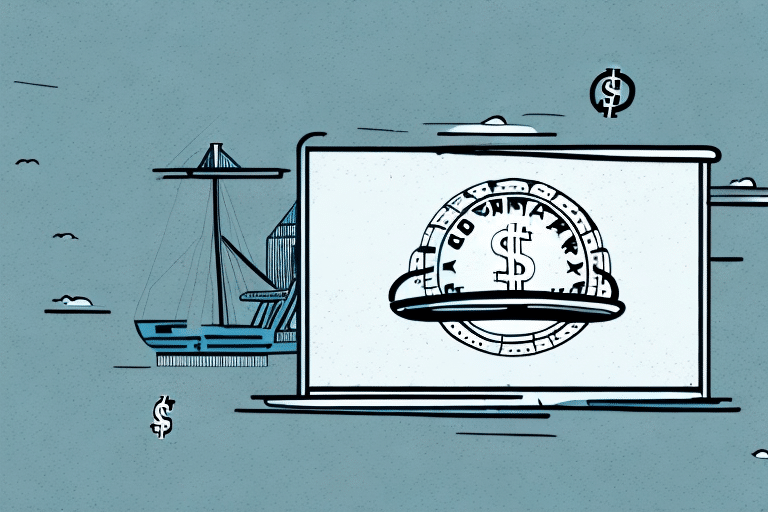Understanding Shipping Surcharges
Shipping surcharges are additional fees imposed by carriers on top of the standard shipping rates. These charges can significantly impact your business’s shipping costs and overall profitability. Understanding the various types of surcharges and the reasons behind them is crucial for effective shipping management.
What are Shipping Surcharges?
Shipping surcharges are extra costs added to the base freight charges to cover specific expenses that carriers incur. These surcharges help carriers manage fluctuating costs and maintain operational efficiency. Common surcharges include:
- Fuel Surcharges: Reflect changes in fuel prices.
- Residential Delivery Surcharges: Applied for deliveries to residential addresses.
- Oversized Package Surcharges: Imposed on packages that exceed standard size or weight limits.
- Handling Surcharges: Charged for special handling requirements, such as fragile or hazardous items.
Common Reasons for Surcharges
Carriers implement surcharges for various reasons, including:
- Fuel Cost Fluctuations: Volatile fuel prices necessitate adjustments to shipping rates.
- Operational Costs: Increased costs for labor, equipment, and maintenance.
- Capacity Management: Balancing supply and demand to ensure timely deliveries.
- Security Measures: Enhanced security protocols requiring additional resources.
Types of Shipping Surcharges
There are several types of shipping surcharges that businesses should be aware of. Each surcharge addresses specific aspects of the shipping process and can vary depending on the carrier.
Fuel Surcharge
Fuel surcharges are dynamic fees that fluctuate based on current fuel prices. According to the Environmental Protection Agency, fuel prices can significantly impact transportation costs, prompting carriers to adjust their surcharges accordingly.
Residential Delivery Surcharge
Carriers often charge extra for deliveries to residential areas due to the increased time and effort required. Navigating narrow streets, limited parking, and multiple stops can drive up delivery costs.
Oversized Package Surcharge
Packages that exceed standard size or weight limits incur oversized package surcharges. These items require special handling, equipment, and additional labor, leading to higher shipping costs.
Handling Surcharge
Handling surcharges apply to shipments that require extra care, such as fragile or hazardous materials. Ensuring the safe transport of these items involves additional packaging, labeling, and handling procedures.
The Impact of Shipping Surcharges on Your Business
Shipping surcharges can have a noticeable effect on your business’s bottom line. It's essential to understand these impacts to manage costs effectively and maintain profitability.
Effect on Profit Margins
Unanticipated surcharges can erode profit margins. For instance, a 10% fuel surcharge might seem minor initially, but over time, it can accumulate and significantly increase shipping expenses.
Customer Satisfaction
Passing shipping surcharges directly to customers can affect their satisfaction and purchasing decisions. Transparency and clear communication about additional fees are vital to maintaining customer trust.
Calculating Shipping Surcharges and Pricing Strategies
Accurately calculating shipping surcharges is critical for effective pricing strategies. Understanding how these fees are applied by carriers helps in setting competitive and profitable shipping rates.
Understanding Carrier Fee Structures
Different carriers have unique fee structures and methods for calculating surcharges. For example, FedEx provides detailed information on how fuel and residential delivery surcharges are calculated.
Balancing Costs and Competitiveness
To remain competitive, businesses must balance covering shipping costs with offering attractive prices to customers. Implementing strategies like bulk shipping discounts or optimizing package sizes can help manage surcharges effectively.
Strategies to Avoid or Reduce Shipping Surcharges
While some surcharges are unavoidable, there are several strategies businesses can employ to minimize or eliminate these additional costs.
Optimizing Packaging
Proper packaging can help avoid oversized or dimensional weight surcharges. Using appropriately sized boxes and lightweight materials can reduce shipping fees.
Choosing the Right Carrier
Selecting a carrier that aligns with your shipping needs can help minimize surcharges. For instance, some carriers specialize in residential deliveries and may offer lower residential delivery fees.
Negotiating with Carriers
For businesses with high shipping volumes, negotiating with carriers can lead to reduced or waived surcharges. Building strong relationships with carriers and leveraging your shipping volume can provide opportunities for cost savings.
Leveraging Technology to Manage Shipping Costs
Advancements in technology offer tools and solutions to help businesses manage and reduce shipping surcharges effectively.
Automated Tracking and Labeling
Implementing automated systems for tracking and labeling can enhance shipping efficiency and reduce the likelihood of handling surcharges. Tools like ShippingTools provide comprehensive solutions for managing shipments.
Real-Time Rate Comparison
Using real-time rate comparison tools allows businesses to choose the most cost-effective shipping options. Platforms like ShipStation enable users to compare rates across multiple carriers instantly.
Navigating Shipping Surcharges in the Post-COVID Era
The COVID-19 pandemic has introduced new challenges in the shipping industry, leading to increased surcharges and changes in shipping dynamics. Adapting to these changes is essential for maintaining efficient shipping operations.
Supply Chain Disruptions
Global supply chain disruptions have led to increased shipping costs and surcharges. Businesses must stay informed about supply chain issues and work closely with carriers to mitigate their impact.
Adjusting to New Market Conditions
Post-pandemic market conditions require businesses to be flexible and proactive in managing shipping surcharges. Strategies such as diversifying suppliers, increasing inventory levels, and utilizing alternative shipping methods can help navigate these challenges.
For further reading on managing shipping costs and optimizing your supply chain, consider reviewing resources from the Centers for Disease Control and Prevention and industry reports from organizations like the Customs and Border Protection.




















